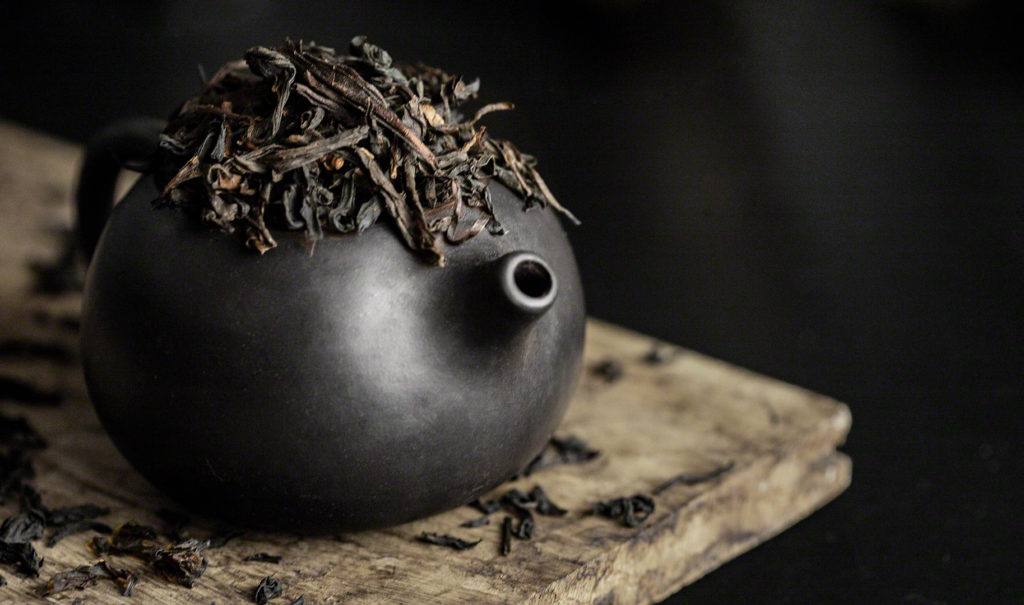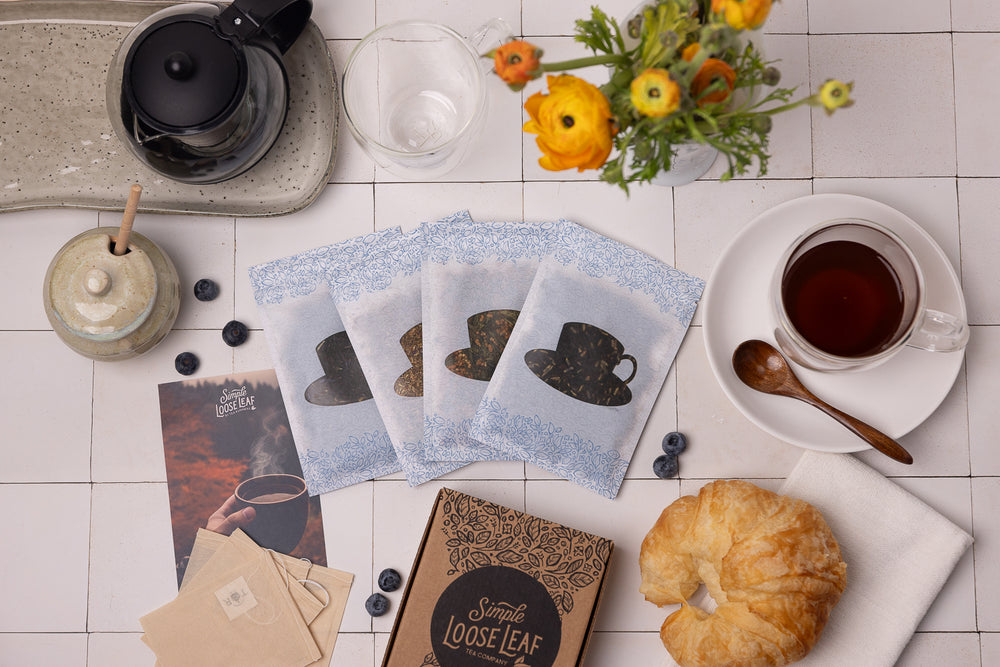How to Use Leftover Tea: Cleaning, Cooking, Decor, Beauty and more
Drinking tea is not the only way you can use loose leaf tea. There are dozens of ways to use the leftover tea you did not particularly enjoy or that lost its freshness - for cleaning, cooking, décor and beauty. For beauty, cooking and deodorizing choose pure Camellia sinensis green tea leaves, while the black tea is the best option for cleaning and dyeing. You will get the best results with unused tea leaves, but those you already brewed can still offer a lot as well. Tea leaves need boiling water and a very long steeping time to release all nutrients. Because we usually steep tea for only 2-5 minutes, they will always be some nutrients left in the leaf. Next time, don't discard the unwanted brew. With these 14 DIY tea ideas you will never waste a single tea leaf again.
1. Wardrobe freshener
Use dry tea leaves mixed with a spoon of dried lavender flowers as a wardrobe freshener. Green tea is a great natural odor neutralizer, and lavender will keep the moths away. Always use only fully dried tea leaves. Once you use them, place them on the paper towel and dry on natural sunlight. Spread the leaves evenly or they might become moldy.2. Shoe freshener
Use pure tea leaves to remove the odors from smelly feet. Put dry fresh green tea leaves in a small filter before placing them in your shoes. Leave them in for 24 hours and remove before putting the shoes on.3. Fridge freshener
You can use tea leaves for neutralizing fridge odors. Put them in an open container and place on the middle fridge shelf.4. Neutralizing oven odors
After using the oven, place the wet used green tea leaves on a tray and put it in the oven. Make sure the oven is warm and not hot.5. Cleaning windows
Black tea doesn’t only help us shine in the morning, it can make windows shine too! Use about 3 grams of new or 10 grams of used black tea leaves per liter of water. Steep for 20 minutes and let it cool down to room temperature. Soak the cleaning cloth, drain the excess tea and clean the windows.6. Dying clothes
You can dye white cotton, silk or linen shirts, dresses or trousers with black tea. Add at least 3-5 grams of used tea leaves per every 200 ml of water. Put water in a large pan and bring to a boil. Make sure you have enough water to cover the item you want to dye. Steep tea leaves for at least 30 minutes. Some black teas will be more yellow, while others are more red. Strain the leaves and soak the clean wet item overnight. For orange and reddish notes, rooibos may be a good option too. Unused tea will give more intense color than used tea leaves, so keep that in mind when deciding on color.
Use black tea for dying clothes, cleaning windows or floors
7. Compost
Tea leaves can be your plant’s best friend. You can use tea leaves as a compost for indoor and outdoor plants. Be careful though. Unless you are making a real compost and mixing it with soil, damp tea leaves left on the surface will easily become moldy.8. Watering plants
Just when you think your brewing session is over, making one more for the plants. Even though the leaves might not have enough flavor in them, they can still give nutrients to plants. Same goes for the cup of tea you forgot to drink and it changed both the color and flavor. Instead of pouring it down the drainage, use them for watering plants. Make sure infusion reached the room temperature before watering the plants. Always use only cold tea. Use spray bottle to spray it on the leaves.9. Adding to salads
You can eat green tea leaves like gyokuro and Japanese sencha in salads or mixed with rice. Use the leaves within a couple of hours after brewing, when they are still fresh. You can use both dry and wet tea leaves, but make sure they are always fresh and stored properly. Used up leaves may taste better when they are still wet, while unused dry green tea can be crushed and sprinkled on different dishes for an extra tea note.10. Cleaning wooden surfaces or wooden floors
Use unwanted black tea for cleaning wood floors. Steep them for about 30 minutes in boiling water. Use no more than 500 ml of water. For small surfaces use a cloth soaked in brewed tea (squeeze it before use). For floors, use at least double the amount of tea and brew in a liter of water.11. Eye mask
Green and white tea leaves can be used for freshening up tired eyes. Catechins in tea have anti-inflammatory and anti-aging properties and may help when used topically as well. Fill the cotton tea bags with tea leaves and shortly soak them in hot or warm water. Let them cool down until they are comfortably warm and place over eyes. Keep for 5-10 minutes. For a cooler effect, brew the tea in the usual way, but with using less water, place it in a fridge for a couple of hours, Soak cotton pads in cold tea and place over your eyes. Warning: Always use lukewarm, cold or cool tea on skin and be careful not to burn yourself.12. Bath sachet
For a refreshing and hydrating bath, fill large cotton tea filters with green tea leaves. One dried tea bag will not be enough and you will need at least 15 grams per bath. You can add a drop or two of essential oil too, but make sure the oil is safe for bathing. Warning: Although black tea can be used for bathing too, it might stain your tub.13. Feet bath
Green tea is not only good for deodorizing stinky shoes, it may be used as a foot bath for stinky feet too. Catechins in green tea have antibacterial, antimicrobial and anti-inflammatory properties and may help with neutralizing odors and fighting bacteria. Prepare a foot bath with steeping about 5 grams of green tea in hot water, let is steep for 20-30 minutes or until the water is cool enough for soaking feet. Remove the cotton tea filters.14. Decorating cards or scrapbooks
Some tea leaves looks exceptionally beautiful when they have fully expanded. Rolled oolong tea like Ti Kwan Yin will expand into beautiful large bit leaves. Some other teas like Taiwanese high mountain oolongs often contain full branches with two-three leaves and a bud. Let them dry a bit, then place them carefully between two sheets of paper and put them between pages of a book. Let them dry and compress fully before using them for decorating cards or scrapbooks.
More from:
SLL




Leave a comment